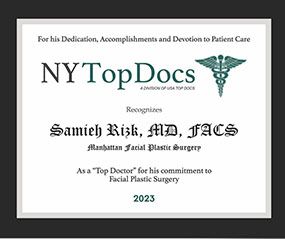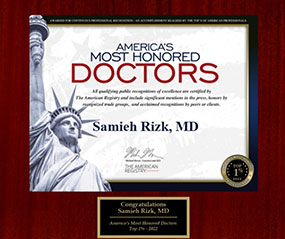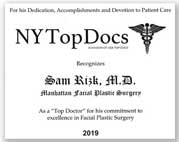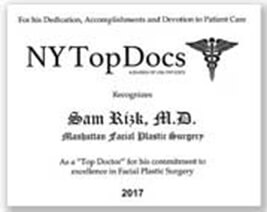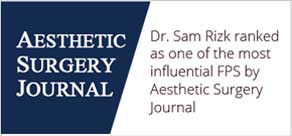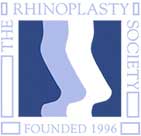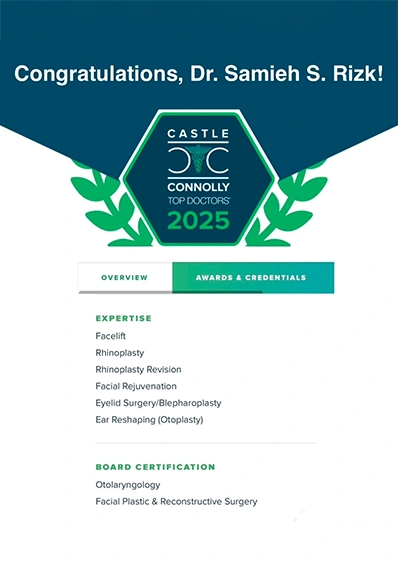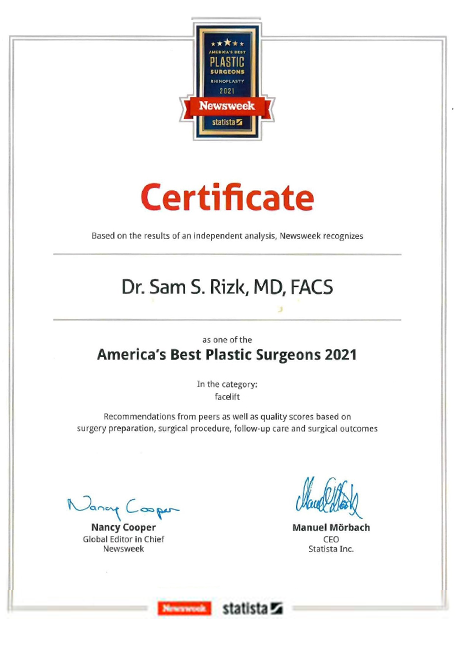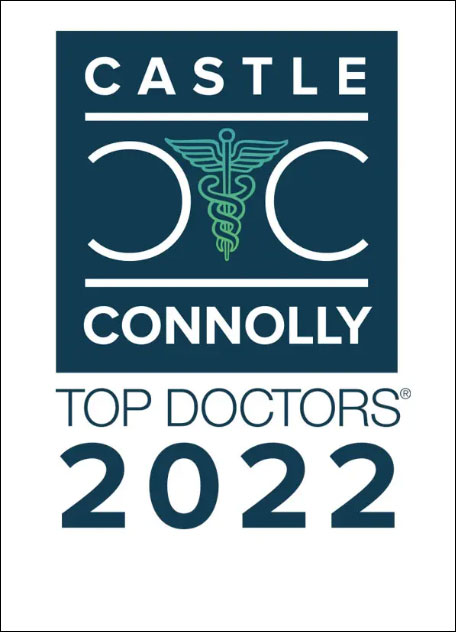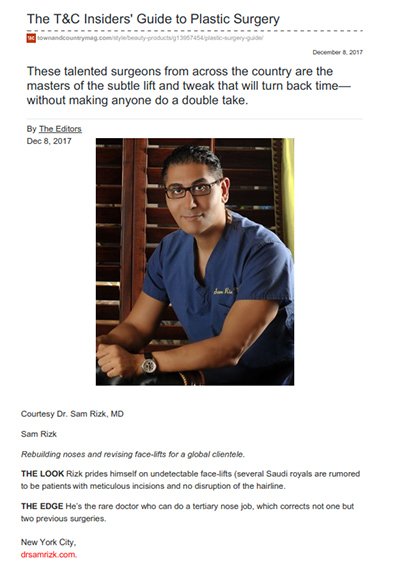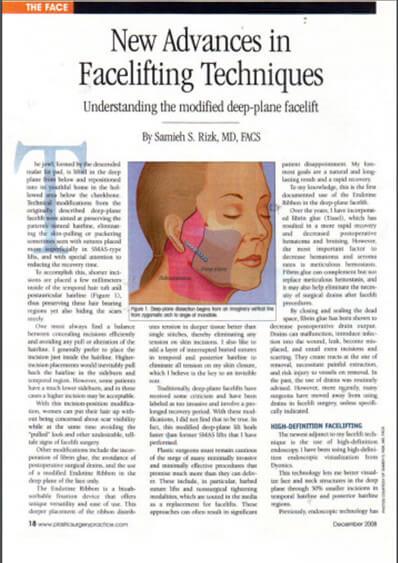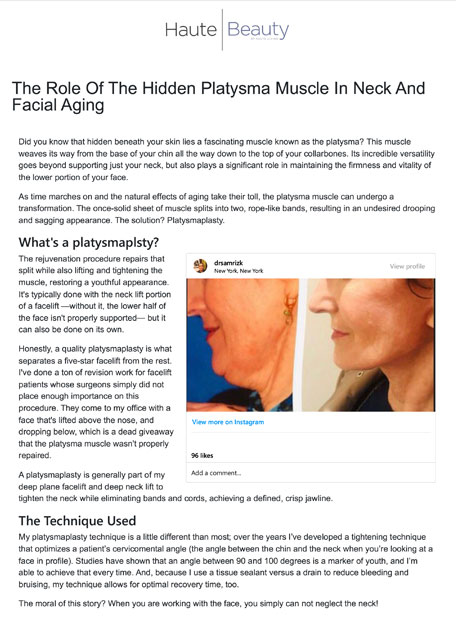Natural Youthful Results: Preservation Facelift
Are you looking for the most effective way to restore youthfulness to your face without compromising your natural appearance? The preservation facelift1 might be the solution you’ve been searching for. This advanced variation of Dr. Rizk’s traditional deep plane facelift technique offers a rejuvenated look while maintaining the integrity of your facial features.
Awards & Certifications
A Quick Guide to the Preservation Facelift New York
What Is a Preservation Facelift?
Unlike traditional facelifts that separate or remove fat pads, a preservation facelift2 repositions existing structures while keeping the retaining ligaments, fat compartments, and skin attachments largely intact. Dr. Rizk uses this technique to elevate the midface and jawline without extensive undermining, which reduces swelling, bruising, and risk of hollowing. By preserving native volume and vascular connections, the preservation facelift maintains a softer, more natural contour, especially around the eyes and cheeks where over-dissection can lead to an “operated” look. This approach is best for patients in earlier stages of aging who want visible rejuvenation with minimal disruption of their anatomy.
Why a Preservation Facelift Might Be Your Best Option
Because it preserves the skin’s natural blood flow, the procedure usually avoids surgical drains, letting most patients shower the next day and return to desk work within a week while still enjoying lighter bruising and smooth, naturally animated contours.
- Hidden incisions blend with hairline and natural creases
- Maintains facial muscles for animated expressions, not stiffness
- Less swelling enables social downtime as short as ten days
- Results last years thanks to preserved deep support structures
- Lower complication rates than conventional SMAS or mini-lifts
How Preservation Facelifts Differ from Traditional Lifts
Dr. Sam Rizk begins with an initial consultation where he carefully assesses the patient’s facial anatomy and discusses their aesthetic goals. Based on this evaluation, he designs a personalized surgical plan that addresses the patient’s specific needs.
- Preservation facelifts begin with short incisions tucked inside the hairline and natural crease, while conventional facelifts rely on longer cuts that curve around the ear to expose larger areas of skin.
- Rather than separating layers, the preservation technique lifts skin and SMAS together as one vascular sheet. Standard surgery detaches these layers, tightens muscles, and removes extra skin to create tension.
- Keeping perforating vessels intact produces far less bruising, swelling, and numbness. Broad undermining in traditional facelifts disrupts blood flow and lengthens the early recovery period.
- Limited dissection trims operating time to roughly 2-3 hours. Traditional facelifts often last longer because each layer needs separate treatment and a tighter, more complex closure.
- A preservation facelift repositions existing fat pads and gently suspends facial muscles, avoiding routine fat removal. Standard techniques often excise fat and depend on heavier muscle plication to reshape contours.
- Most patients resume social activities in about ten days after a preservation facelift. Conventional lifts typically need two or three weeks and can leave tighter, less natural contours.
Healing Timeline After a Preservation Facelift Surgery
Recovery from a preservation facelift is typically quicker than that of a traditional facelift3 due to the less invasive nature of the procedure. Swelling and bruising are common in the first few days but usually subside within a week. Most patients can return to normal activities within two weeks, though strenuous activities should be avoided for at least four weeks. The full results of the facelift become more apparent as swelling continues to decrease, usually within a few months.
Who Benefits Most from Preservation Facelifts?
The preservation facelift appeals to patients who want rejuvenation but wish to avoid the more aggressive dissection of traditional or deep plane techniques. You may be a candidate if you:
-
Show early to moderate signs of aging, such as mild sagging along the cheeks or jawline
-
Prefer to maintain your natural facial volume rather than having it removed or repositioned extensively
-
Want smoother recovery with less bruising and swelling
-
Are concerned about looking “overdone” or pulled and prefer subtle, natural refinement
-
Have good skin elasticity and bone structure that allow for effective lifting without deep release
This procedure is especially attractive to younger facelift patients or those seeking a refreshed appearance with minimal disruption to their underlying anatomy.
Dr Rizk In The Media
Possible Risks and Side Effects
As with any surgical procedure, there are potential risks and side effects. Dr. Rizk takes every precaution to minimize these risks and ensure a safe and effective procedure4. For more information on facelift surgery risks, visit the main procedure page.
Why New York Patients Choose Dr. Rizk
-
Pioneer in preservation facelift techniques that lift without over-dissection
-
Uses high-definition 3D endoscopic imaging for precision and minimal trauma
-
Conserves ligaments, fat pads, and skin attachments to maintain natural softness
-
Complication rate under 1% across thousands of facial rejuvenation procedures
-
Internationally recognized educator who demonstrates preservation surgery live to peers
-
Philosophy of subtle refinement, enough to refresh, never to distort
Frequently Asked Questions
How much does a preservation facelift cost?
The cost of varies based on the surgeon’s expertise, facility, and location. Choosing an experienced double board-certified surgeon like Dr. Rizk in New York ensures superior results and meticulous care, which come at a higher cost. Opting for cheaper alternatives can lead to poor technique, visible scars, and the need for costly revision surgeries. Investing in Dr. Rizk’s expertise minimizes risks and ensures the best possible outcome, saving you from additional expenses and extended recoveries. The exact cost is discussed during your consultation, as each case is unique.
What’s the difference between a traditional facelift and a preservation facelift?
A traditional deep plane facelift involves more extensive dissection and lifting of the facial tissues, while a preservation facelift focuses on maintaining the natural anatomy with minimal incisions and tissue disruption, preserving the blood supply and enhancing recovery.
How long do the results last?
Results can last several years but will also depend on your lifestyle habits and skin type. You can discuss this in detail when meeting with your facial plastic surgeon. It’s important to note that a facelift procedure can take years off your facial appearance but does not stop the aging process.
Will I have noticeable scars?
Scars are barely noticeable since they are typically placed in a natural crease or fold, allowing them to blend more seamlessly with the existing skin texture and tone. Dr. Rizk’s surgical technique and incision placement ensure minimal visible scarring.
References
1 NCBI – National Library of Medicine. Deep Plane Facelift. Available: https://www.ncbi.nlm.nih.gov/books/NBK545277/.
2 allure – The preservation deep plane face and neck lift. Available: https://www.allure.com/story/facelift-advancements#preservation-deep-plane-face-neck-lift.
3 Cleveland Clinic – Facelift (Rhytidectomy). Available: https://my.clevelandclinic.org/health/treatments/11023-facelift.
4 American Society of Plastic Surgeons. Facelift Surgery Rhytidectomy. Available: https://www.plasticsurgery.org/cosmetic-procedures/facelift/safety.
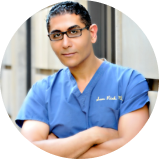
By Dr. Sam S. Rizk, M.D., FACS.
Dr. Rizk is a double-board-certified facial plastic surgeon who specializes in rhinoplasty surgery and is a recognized expert on the latest advances in facial plastic surgery techniques. He performs a range of facial plastic surgeries at his New York practice.

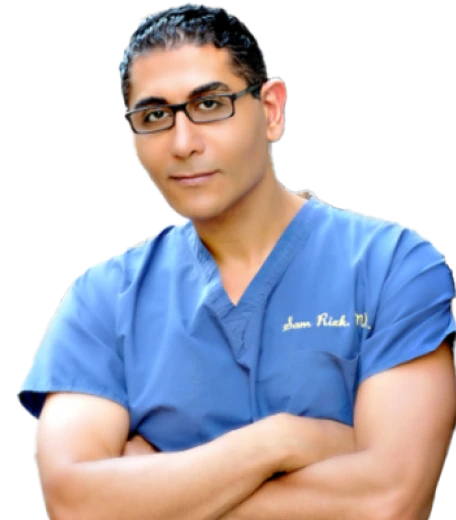


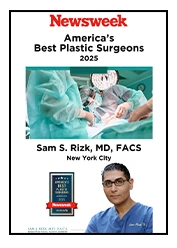
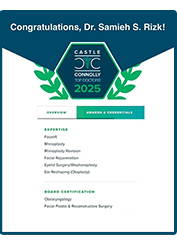
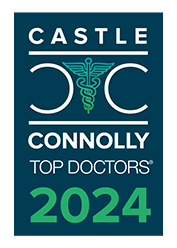

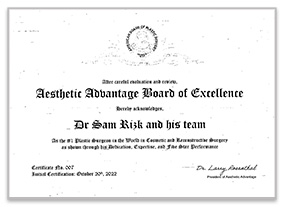
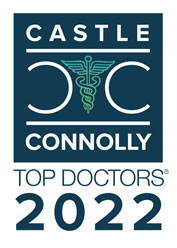
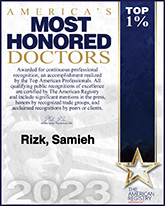
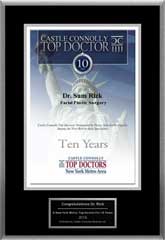
2.jpg)
